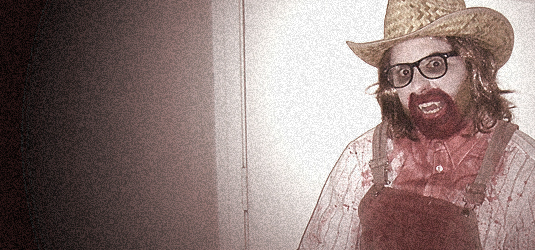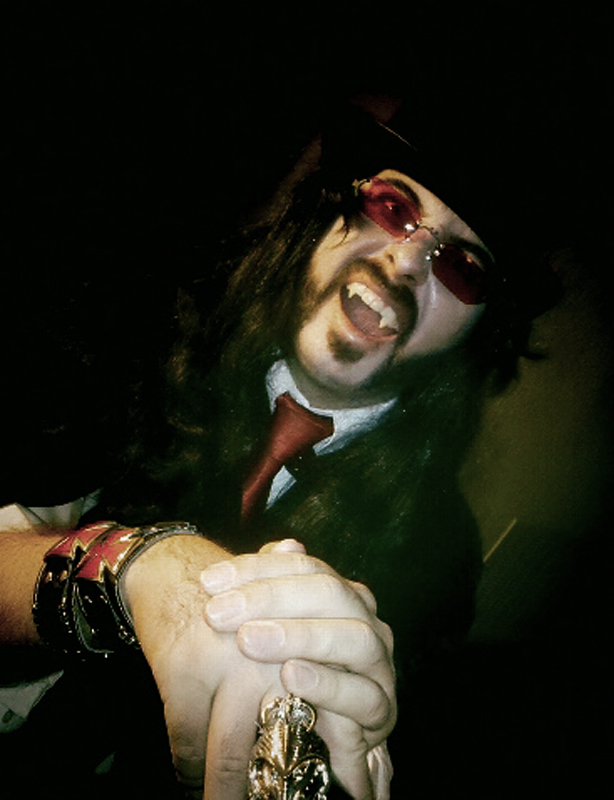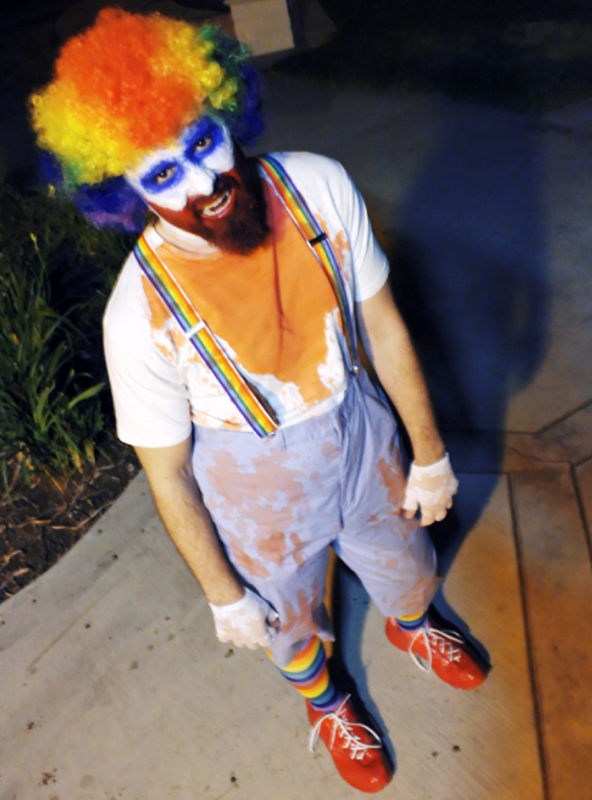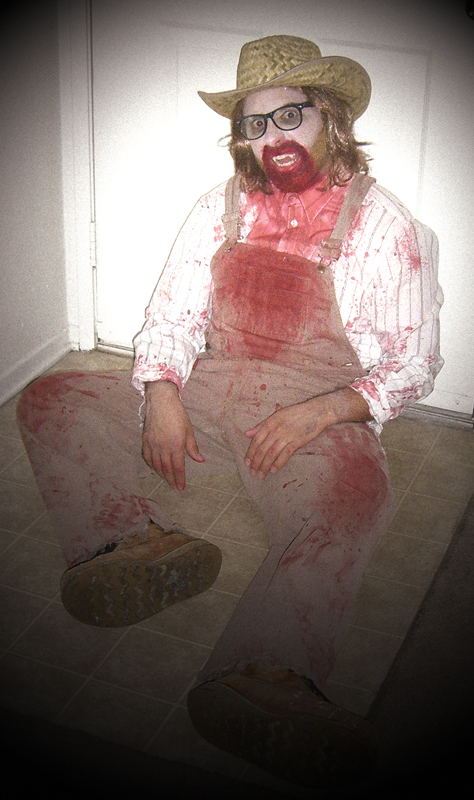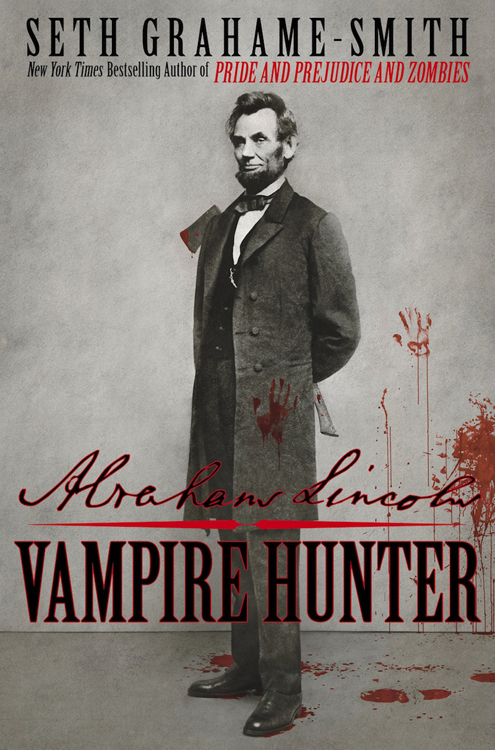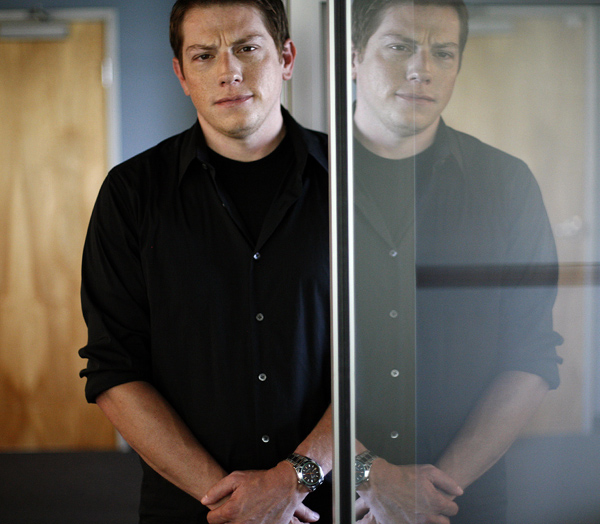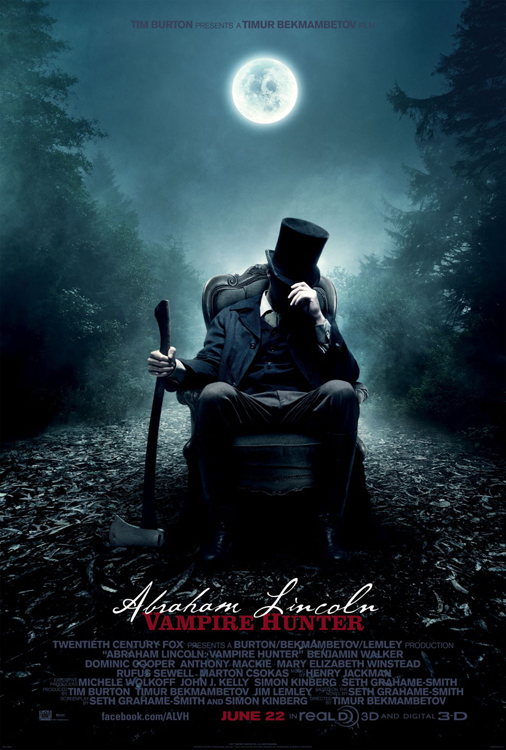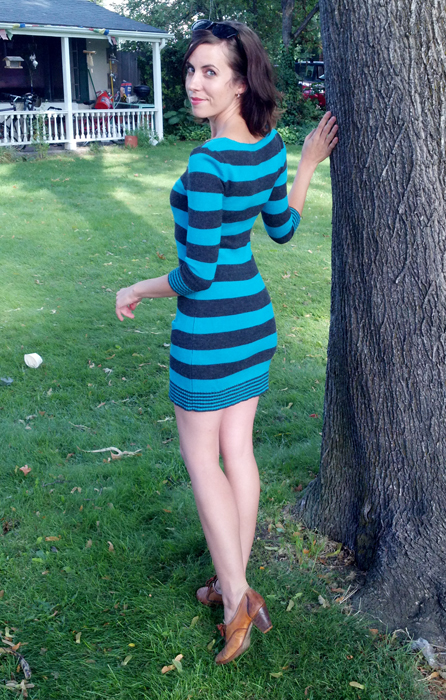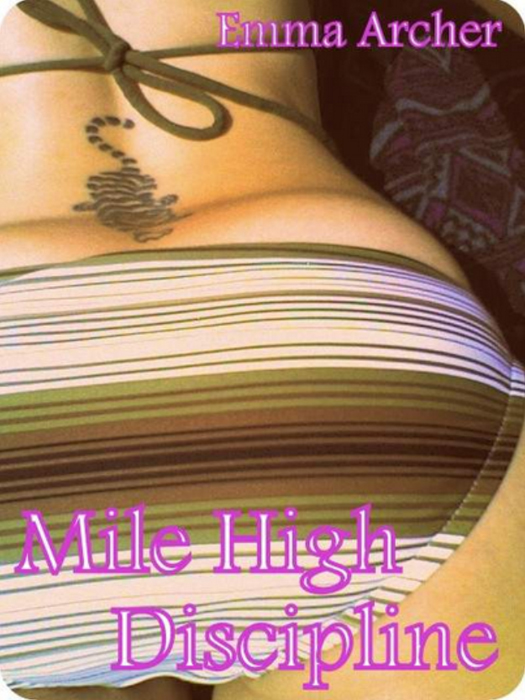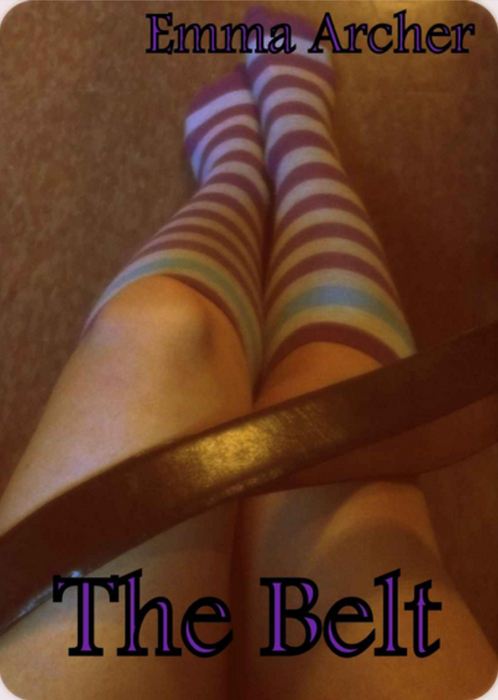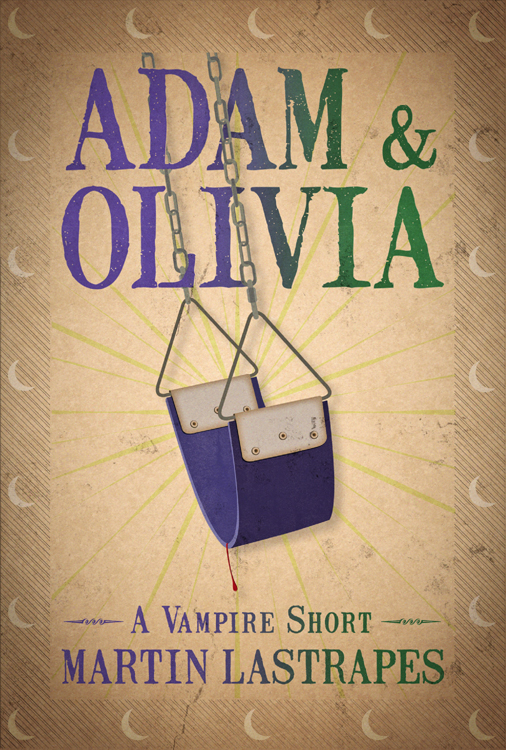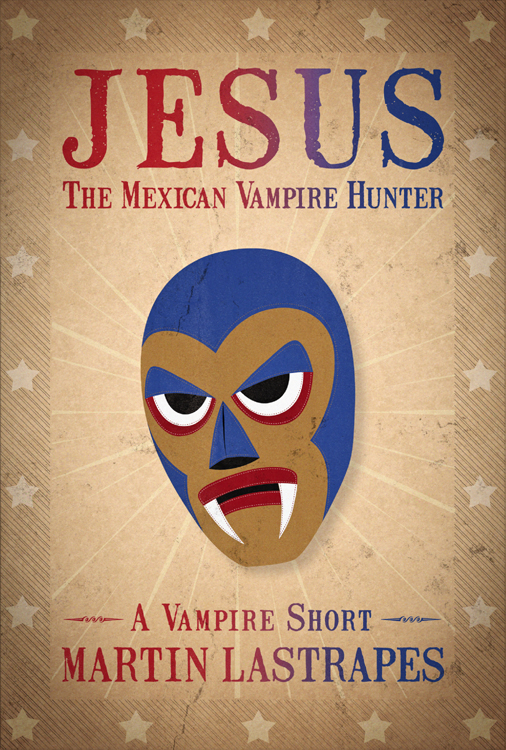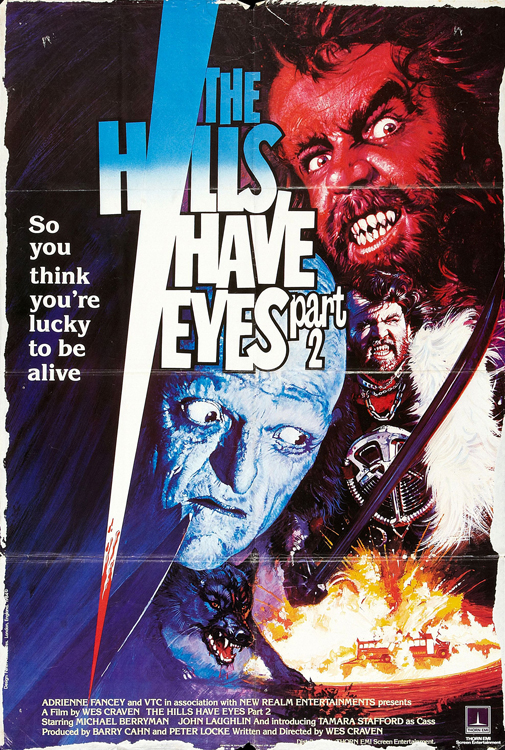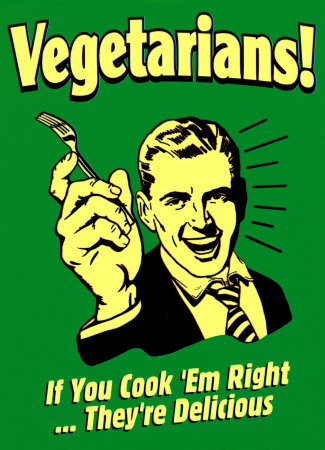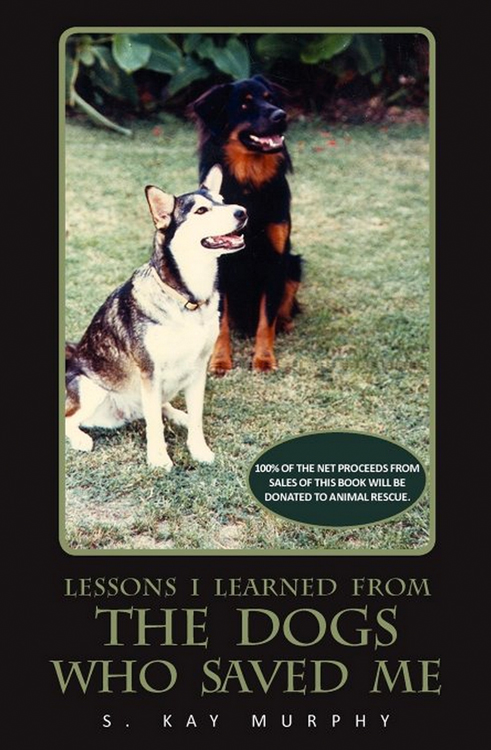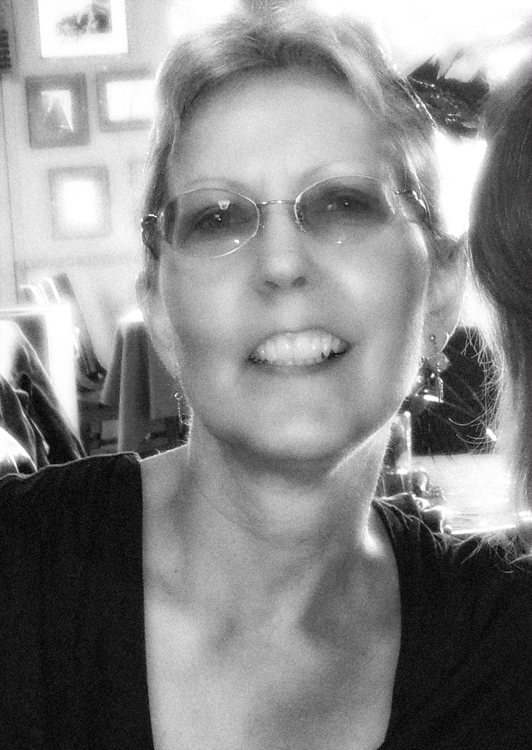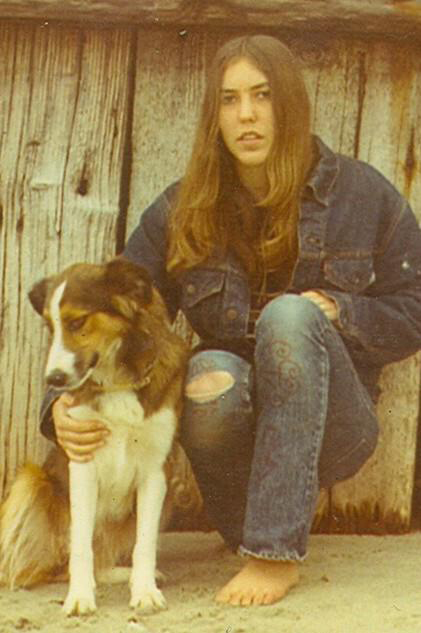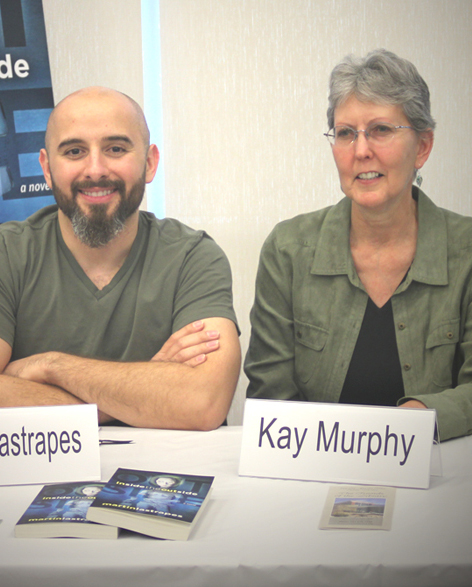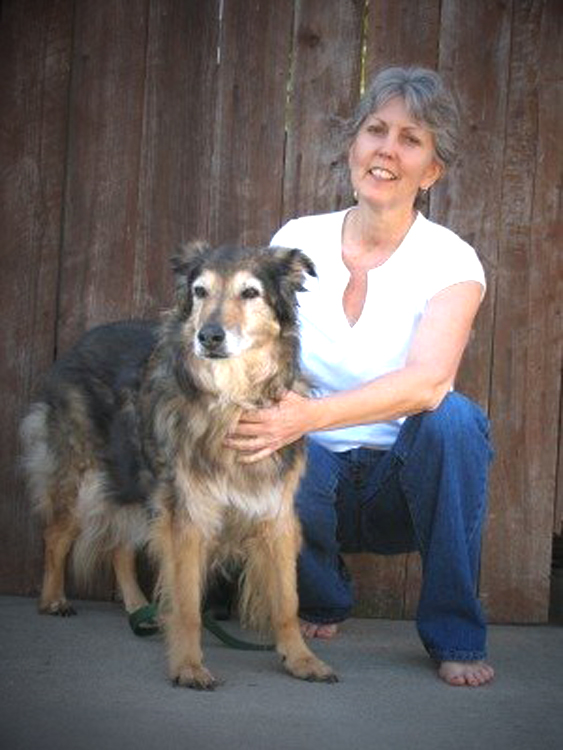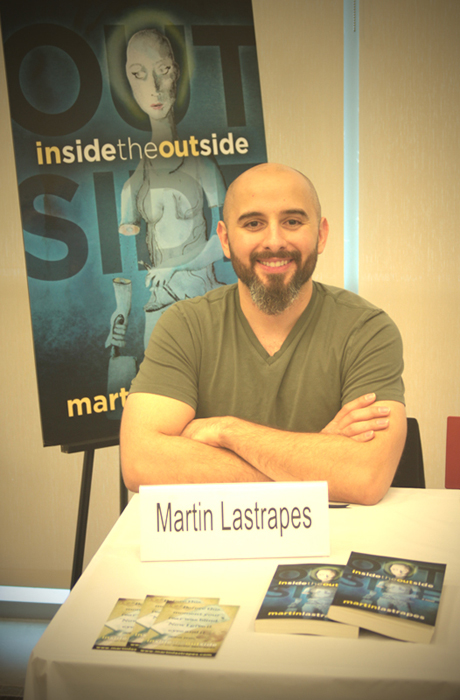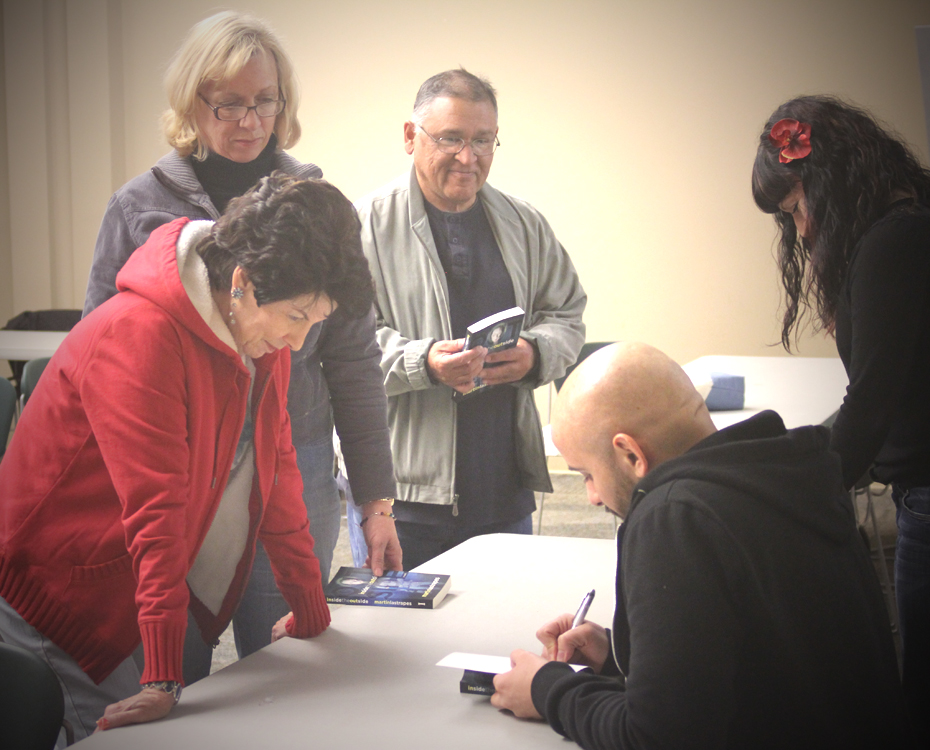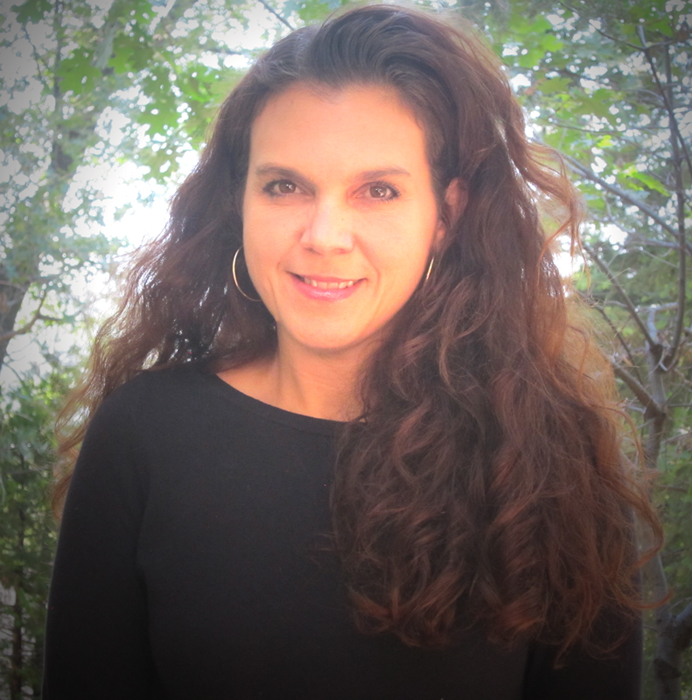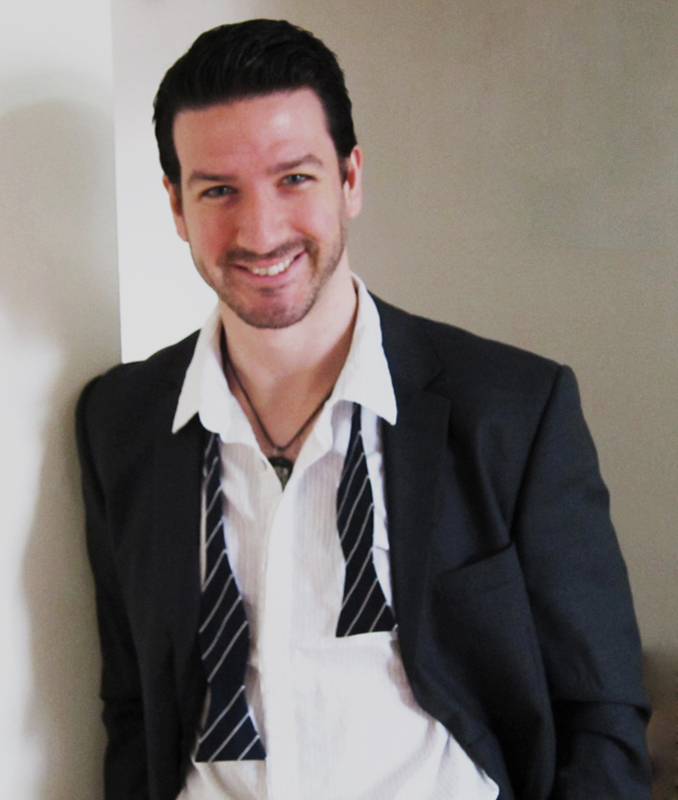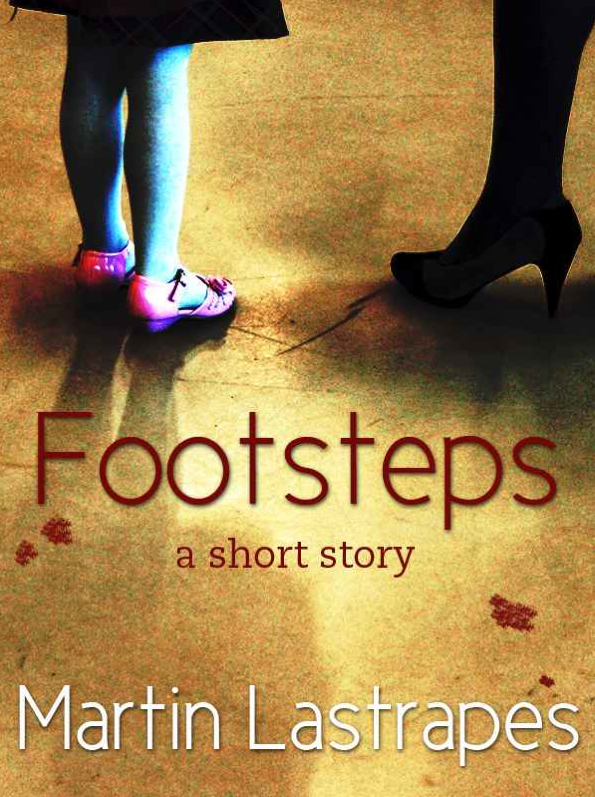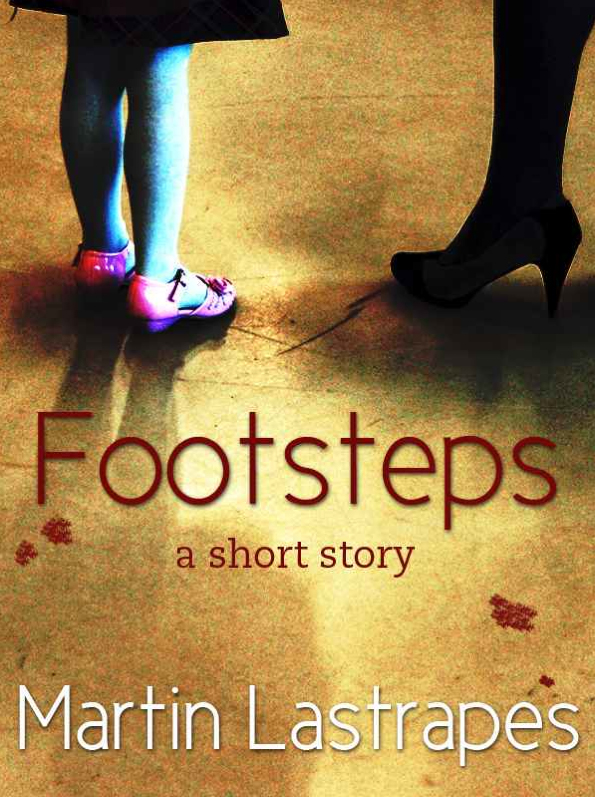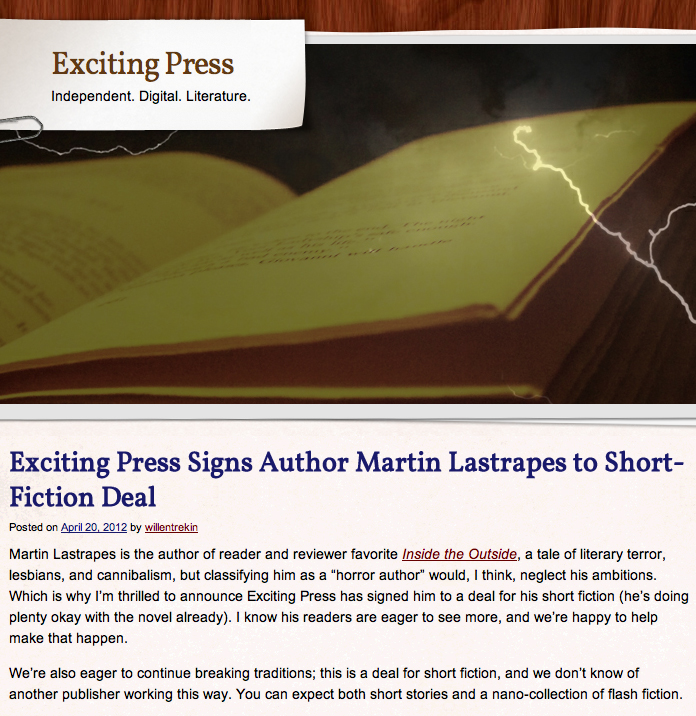 I was recently watching Breaking Bad, which, aside from being one of my very favorite TV shows, is a premium example of masterful storytelling. If you're not familiar, Breaking Bad is about a high school chemistry teacher who is diagnosed with cancer; already in dire financial straits, he turns to the drug trade and begins manufacturing and selling crystal meth.
In the particular episode I was watching, there's a scene where a man is sitting in front of a hospital in a wheelchair waiting for his ride home. While he waits, an ambulance pulls up, sirens blaring, racing to the entrance of the emergency room. When the EMTs exit, the wheelchair man gets a look at the man on a stretcher, injured by gunshot wounds. He gets up from the wheelchair and follows the EMTs as they roll the stretcher through the sliding doors of the ER and down a hallway, before entering another set of doors. The man stops at the second set of doors, smiling, because he recognizes the gunshot victim—and, more importantly, because he's pleased to see that the man has been shot.
I was recently watching Breaking Bad, which, aside from being one of my very favorite TV shows, is a premium example of masterful storytelling. If you're not familiar, Breaking Bad is about a high school chemistry teacher who is diagnosed with cancer; already in dire financial straits, he turns to the drug trade and begins manufacturing and selling crystal meth.
In the particular episode I was watching, there's a scene where a man is sitting in front of a hospital in a wheelchair waiting for his ride home. While he waits, an ambulance pulls up, sirens blaring, racing to the entrance of the emergency room. When the EMTs exit, the wheelchair man gets a look at the man on a stretcher, injured by gunshot wounds. He gets up from the wheelchair and follows the EMTs as they roll the stretcher through the sliding doors of the ER and down a hallway, before entering another set of doors. The man stops at the second set of doors, smiling, because he recognizes the gunshot victim—and, more importantly, because he's pleased to see that the man has been shot.
It's a very engaging scene, but, as I watched it, I found myself thinking:
"He's allowed to follow the EMTs that far into the hospital? Nobody needs to stop him?"
It's a mundane detail and one most audience members wouldn't worry too much about, but, as a storyteller, I think about these things all the time. In Breaking Bad, the scene I described is important. The one character needs to see the other character; he needs to know he's been injured, as it gives the audience a satisfying payoff.
For me, since I know very little about hospitals, I notice the little details and, with a show as well-crafted as Breaking Bad, I trust they get most of them right. I assume that someone on the writing staff might have some intimate knowledge with hospital protocol, particularly where it concerns EMTs and the ER (perhaps they were simply big fans of the show ER).
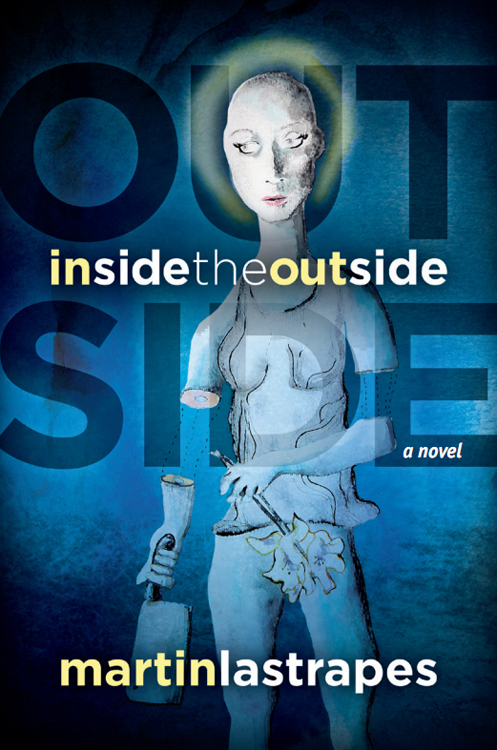 But, as a TV show, I also figure they have a wide range of resources. I can imagine the writers developing that scene and somebody asking some version of the question I asked:
But, as a TV show, I also figure they have a wide range of resources. I can imagine the writers developing that scene and somebody asking some version of the question I asked:
"How far can he go without somebody stopping him?"
From there, I figure there's a production assistant who can make a phone call to a hospital on behalf of the writing staff and get as many answers as they need, delivering them back to the writers who will use the information to craft their scene.
When I write stories, I worry (perhaps to an obscene amount) about getting the details wrong, especially when I'm writing about a particular topic that I don't know very well. That very idea, in fact, is at the root of that ol' storytelling adage: Write what you know.
Which is to say, write about things you're familiar with, because, by doing so, your details will be authentic.
So, what do you do when you don't know about a topic that you want to write about? The answer is simple.
Research.
Research is so important to good storytelling, because one false detail can be enough to derail a story for your reader. As the author, getting the details wrong injures your credibility, causing the reader to come out of that hypnotic trance you'd worked so hard to put them in.
Whether it be in a movie or a TV show or a book, as audience members, we've all had the experience of coming out of that trance and saying (out loud or otherwise):
"That doesn't make any sense!" or "It wouldn't happen that way!"
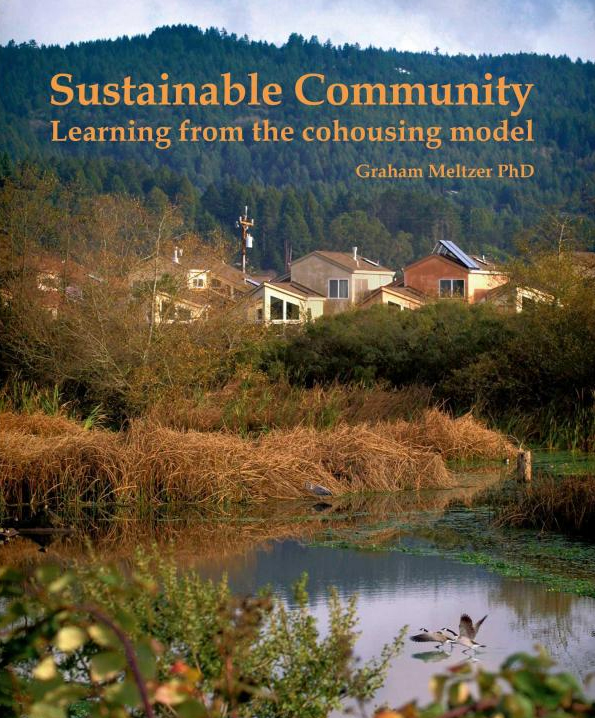 As a storyteller, that's the fear that drives my research. In my novel, Inside the Outside, several of my most important details concern the fictional cult, which exists in a hidden commune in the San Bernardino Mountains. It was very important to the story that this commune exist off the grid, so I had to figure out a plausible way for its people to exist in a reasonably modern fashion without anybody of consequence knowing where they were. After doing some research, I learned about sustainable communities; this seemed to be the answer, so I bought a handful of books (I prefer owning my research material whenever possible) and learned as much as I could about sustainable communities. As I did my research, I slowly but surely figured out how my fictional community would function off the grid.
As a storyteller, that's the fear that drives my research. In my novel, Inside the Outside, several of my most important details concern the fictional cult, which exists in a hidden commune in the San Bernardino Mountains. It was very important to the story that this commune exist off the grid, so I had to figure out a plausible way for its people to exist in a reasonably modern fashion without anybody of consequence knowing where they were. After doing some research, I learned about sustainable communities; this seemed to be the answer, so I bought a handful of books (I prefer owning my research material whenever possible) and learned as much as I could about sustainable communities. As I did my research, I slowly but surely figured out how my fictional community would function off the grid.
While books are great and the Internet, when properly utilized, is an invaluable source of research, I prefer communicating with a person whenever possible. I like to have a dialogue, so I can ask questions as they arise.
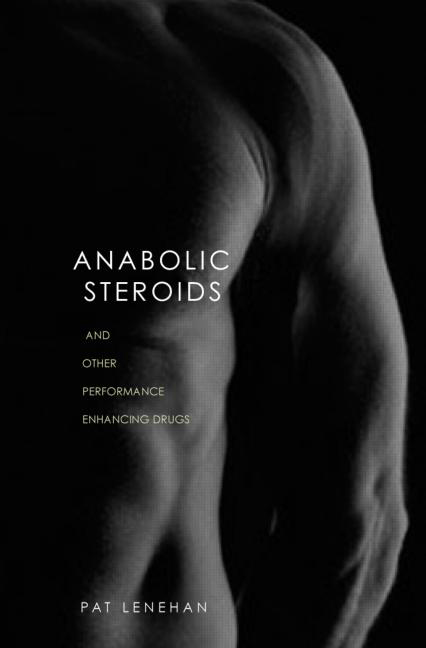 Social networking is a great way to contact folks from the comfort of your computer. Twitter, in my experience, is ideal for connecting with new people. Roam around a bit, find somebody who knows about whatever it is you need to learn (i.e. a cop, a lawyer, a fireman, a chemist, etc.) and send them a quick tweet. Let them know you're an author doing some research and, more times than not, they'll be happy to help you out. One of the most common traits amongst people is we love talking about topics which we're experts in. You can, if they're open to it, communicate via email or phone. And, of course, if they're particularly helpful, you can thank them in the "Acknowledgments" page of your book.
Social networking is a great way to contact folks from the comfort of your computer. Twitter, in my experience, is ideal for connecting with new people. Roam around a bit, find somebody who knows about whatever it is you need to learn (i.e. a cop, a lawyer, a fireman, a chemist, etc.) and send them a quick tweet. Let them know you're an author doing some research and, more times than not, they'll be happy to help you out. One of the most common traits amongst people is we love talking about topics which we're experts in. You can, if they're open to it, communicate via email or phone. And, of course, if they're particularly helpful, you can thank them in the "Acknowledgments" page of your book.
As I work on my forthcoming novel, The Vampire, the Hunter, and the Girl, I've found that one of the most enjoyable aspects of writing about vampires is very few of the major plot points are based in reality, so I'm free to make stuff up without a care to accuracy or authenticity—but that doesn't mean the whole book is free of researched information. For example, one of my main characters, Jesus the Mexican Vampire Hunter, both uses and sells anabolic steroids.
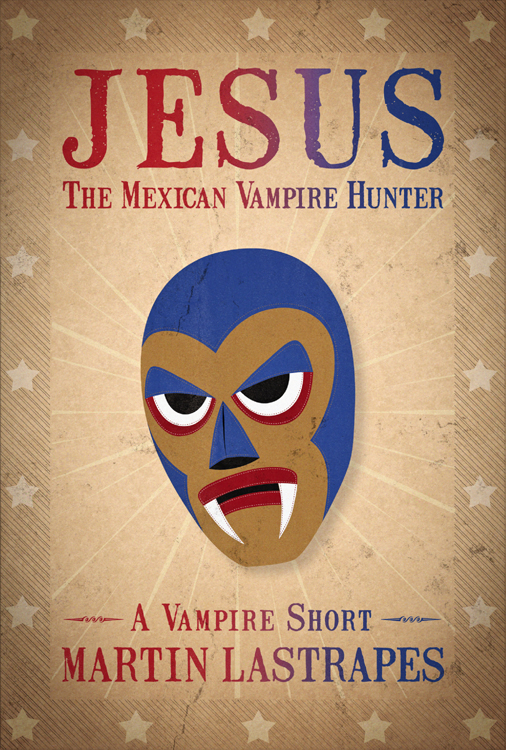 I, on the other hand, have never used nor sold steroids—so, as you might imagine, I had some learning to do. Apart from becoming familiar with the general science regarding steroids, I also wanted to learn how they are taken (i.e. shots? pills?) and how an average user assimilates them into their fitness routine (i.e. once day? once a month? once a year?).
I, on the other hand, have never used nor sold steroids—so, as you might imagine, I had some learning to do. Apart from becoming familiar with the general science regarding steroids, I also wanted to learn how they are taken (i.e. shots? pills?) and how an average user assimilates them into their fitness routine (i.e. once day? once a month? once a year?).
To get all of this information, I used a combination of books, as well as the Internet; I found several bodybuilding forums where, among other things, guys (forgive me, ladies, for assuming they were all men) were having informative discussions about steroids in very informal, easy-to-understand terms. The fact that I was able to read about steroids in the words (and, essentially, the "voices") of the men who used them proved invaluable in the writing of my new novel and, just as importantly, the developing of my character, Jesus.
At the end of the day, my fear is always that my details will ring false. I never want a reader to fall out of that magical trance that happens with a well-told story, because—as an enthusiastic audience member myself—I know how disappointing and frustrating that can be.
Despite my fears and my ardent wish to avoid the worst-case-scenario, there's not much I can do beyond internalizing the information I research and trusting my storytelling instincts. While I try always to get every single detail exactly right, I know that, despite my best efforts, I'm bound to strike out a few times. So, when it does inevitably happen, I can only hope that the reader will be too engrossed in my story to notice... or too polite to care.

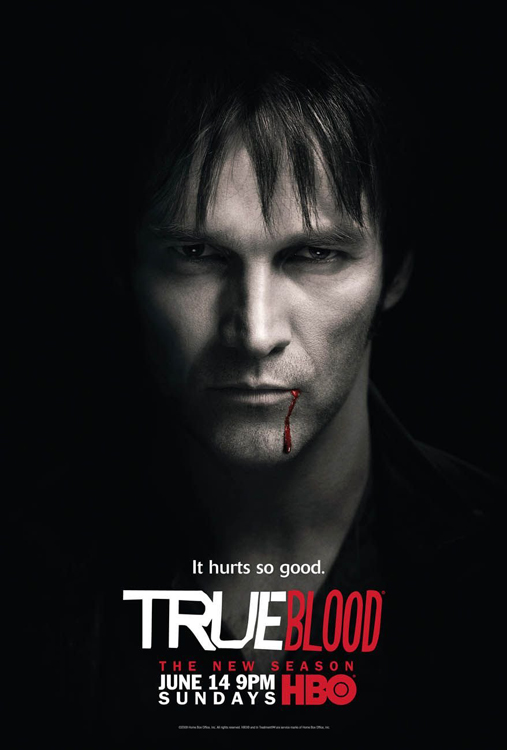 It’s truly a saturated market and tough for us authors to stand apart without a good fight. But, still, luckily for us, vampires are all the rage. They’ve been resurrected from Anne Rice’s romantic and sexy reign into a new, more carefully crafted modern version consisting of glitter, current clothing trends, and youth. And audiences can’t get enough!
It’s truly a saturated market and tough for us authors to stand apart without a good fight. But, still, luckily for us, vampires are all the rage. They’ve been resurrected from Anne Rice’s romantic and sexy reign into a new, more carefully crafted modern version consisting of glitter, current clothing trends, and youth. And audiences can’t get enough!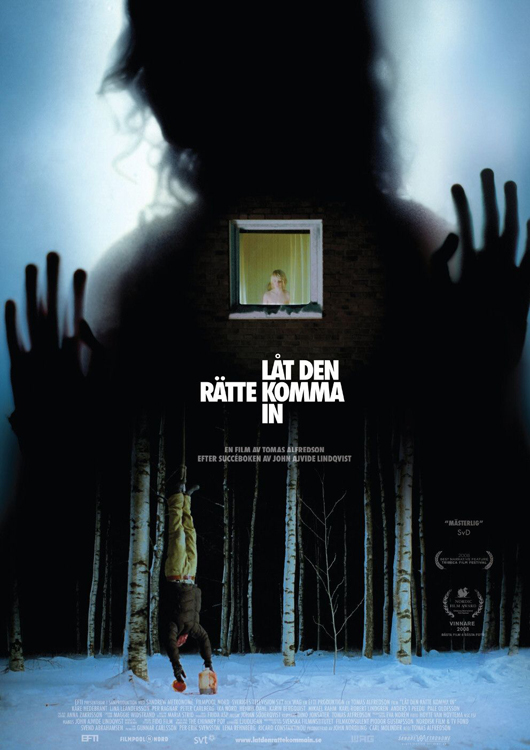 Bram Stoker’s Dracula, Anne Rice’s Vampire Chronicles, Poppy Z. Brite’s Lost Souls, and Michael Romkey’s I, Vampire are probably the novels that most influenced me when I began writing Blood Life—but I wasn’t influenced by fiction alone. I read about historical figures, such as Countess Elizabeth Báthory de Ecsed and Vlad “The Impaler” Dracul. I also read accounts of vampirism throughout history from Montague Summers, Konstantinos, and Manuela Dunn-Mascetti, among others. Over the last 15 years, as I worked on Blood Life, drawing from heaps of research, I also mixed in some vampire traits from pop culture, such as Steve Niles’ graphic novel 30 Days of Night and Tomas Alfredson’s Swedish film Låt den rätte komma in (Let the Right One In).
Bram Stoker’s Dracula, Anne Rice’s Vampire Chronicles, Poppy Z. Brite’s Lost Souls, and Michael Romkey’s I, Vampire are probably the novels that most influenced me when I began writing Blood Life—but I wasn’t influenced by fiction alone. I read about historical figures, such as Countess Elizabeth Báthory de Ecsed and Vlad “The Impaler” Dracul. I also read accounts of vampirism throughout history from Montague Summers, Konstantinos, and Manuela Dunn-Mascetti, among others. Over the last 15 years, as I worked on Blood Life, drawing from heaps of research, I also mixed in some vampire traits from pop culture, such as Steve Niles’ graphic novel 30 Days of Night and Tomas Alfredson’s Swedish film Låt den rätte komma in (Let the Right One In).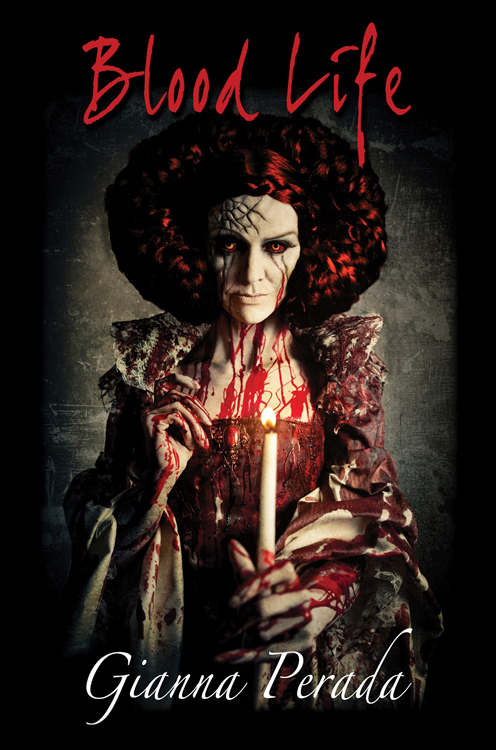 They are creatures—monsters if you will—but totally and completely human and lovable in their other actions. They may drink until the heartbeat stops, but they possess a full arsenal of emotions (both good and evil) and live among humans in daylight and possess great strength and magical abilities.
They are creatures—monsters if you will—but totally and completely human and lovable in their other actions. They may drink until the heartbeat stops, but they possess a full arsenal of emotions (both good and evil) and live among humans in daylight and possess great strength and magical abilities.